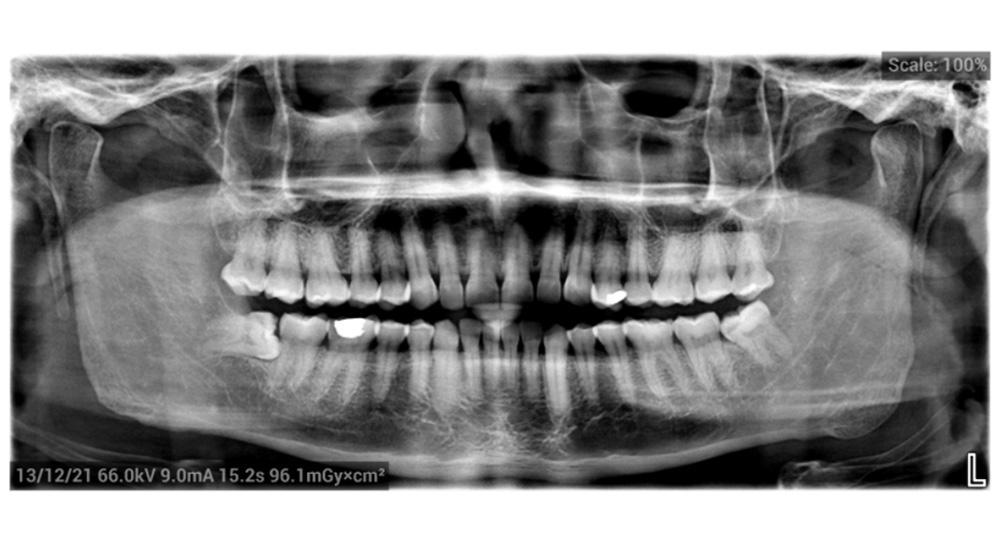Wisdom Tooth Extraction

As the name suggests, wisdom tooth extraction is a process of removing the third set of molars, which typically appears between the age of 17 -25. Most people remove them for some of the reasons listed below
Impacted Wisdom Tooth: As they are located so far back in the mouth, they don’t have enough space to grow normally. As a result, they can be trapped in your jawbone or gums, which can be painful.
Types of Impacted Wisdom Teeth
- Angular
- Horizontal
Misaligned Wisdom Teeth: In some cases, the wisdom teeth might grow at a wrong angle, pressing against your other teeth.
Cavities or Gum Diseases: As mentioned above, Wisdom teeth are located far back in the mouth, so you may not be able to reach them with your toothbrush.
Procedure For Wisdom Teeth Removal
If your wisdom tooth has already been pushed out through the gums and surgery is not required, our Dentist will extract your tooth usually.
In contrast, if your wisdom teeth are only partially developed or are causing you difficulties, they may need to be surgically removed. During this process, our oral surgeon may use three types of anesthesia depending on your comfort level and extraction complexity of the wisdom tooth.
Option includes
Local Anesthesia
Our surgeon will numb your mouth with a shot of local anesthesia.
Sedation Anesthesia
Our surgeon gives you sedation anesthesia through an intravenous (IV) line in your arm, which suppresses your consciousness during the procedure. You don’t feel any pain during the surgery.
General Anesthesia
You will either get anesthesia through veins or a gas mask. Throughout the process, you will be asleep.
After Surgery Do’s and Don’ts
Do’s
- Brush your teeth starting the second day. Don't brush your teeth against blood clots.
- Eat soft foods and drink plenty of fluids.
- Gently open and close your mouth to exercise your jaw
- Take painkiller as prescribed
- If you experience prolonged pain or swelling, kindly contact us.
Don’ts
- Try not to touch the area with your finger or tongue
- Don’t drink water from the straw for 24 hours
- Don’t smoke or consume alcohol for at least 24 hours from the extraction
